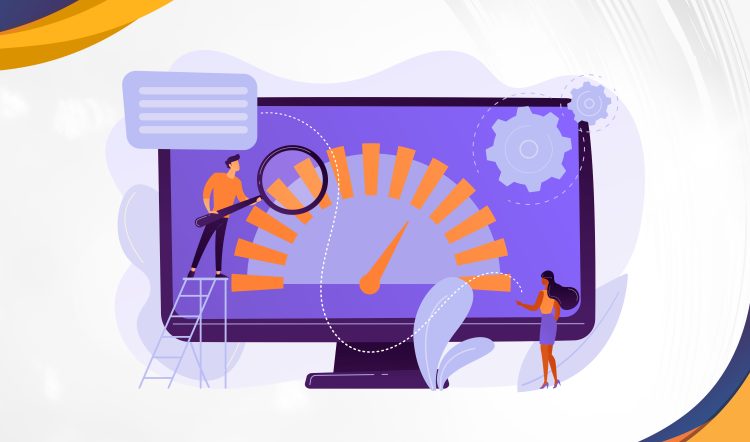Websites have become a primary digital touch point and a contact between businesses and their customers. A website’s speed and performance can make or break its success. A slow and sluggish website can significantly impact a business’s bottom line, resulting in lost revenue, lower search engine rankings, and a decreased user experience. On the other hand, a fast and responsive website can lead to increased engagement, higher conversion rates, and improved search engine visibility. This blog will explore the importance of website speed and performance optimization and how it can benefit your business.
Why is Website Speed and Performance Optimization Important?
1. Better User Experience
One of the most important reasons to optimize your website’s speed and performance is to provide a better user experience. In today’s fast-paced world, users expect websites to load quickly and perform efficiently. A slow website can lead to frustration, causing users to abandon your site and move on to competitors. On the other hand, a fast-loading website will keep users engaged and increase their trust and loyalty toward your brand.
2. Improved Search Engine Rankings
Bounce rate is the percentage of visitors who leave a website after viewing only one page. A high bounce rate can indicate poor website design or slow loading times. Optimizing your website’s speed and performance can reduce your bounce rate and keep visitors engaged for longer, increasing conversion chances.
3. Increased Conversion Rate
Website speed and performance also play a critical role in determining your website’s conversion rate. Studies have shown that a delay of just one second in page loading time can lead to a 7% reduction in conversions. By improving your website’s loading speed, you can increase the conversion rate of your visitors, resulting in higher revenue and profits.
How to Optimize Website Speed and Performance?
1. Use a Content Delivery Network (CDN)
A Content Delivery Network or CDN is a network of servers located in different geographic locations. CDNs work by caching static website files such as images, CSS, and JavaScript and serving them from the server closest to the user. This can significantly improve website loading times, reduce server load, increase website availability, and provide a better user experience, especially for users far away from your website’s server.
2. Compress Images and Files
Images and other media files can significantly slow your website’s loading speed. Compressing images and files can reduce size without compromising quality, resulting in faster loading times. Online tools like TinyPNG and Kraken can help compress images and files. By reducing file size, improving page load speed, reducing bandwidth usage, and optimizing for mobile devices, website owners can significantly improve user experience and search engine rankings.
3. Minimize HTTP Requests
Minimizing HTTP requests is an essential factor in optimizing website speed and performance. Every time a user visits your website, their browser sends a request to the server for each file on the page, including images, CSS, and JavaScript. The more HTTP requests, the longer it takes for your website to load. You can minimize HTTP requests by combining CSS and JavaScript files and using sprites for images. It can greatly help reduce loading time and bandwidth usage, improve caching, and optimize code.
4. Enable Browser Caching
Browser caching stores website files on a user’s browser, so they do not have to be downloaded whenever they visit your website. Enabling browser caching can significantly reduce loading times for returning visitors. It is an essential factor in optimizing website speed and performance.
5. Optimize Code
Optimizing code can play a crucial role in optimizing website speed and performance. Code optimization refers to improving the efficiency and performance of website code. This includes minimizing code, removing unnecessary plugins, and using a caching plugin for dynamic websites such as WordPress.
Conclusion
In conclusion, website speed and performance optimization are vital for the success of any business with an online presence. It improves user experience and search engine rankings and helps increase conversion rates and revenue. By implementing the various website speed optimization techniques discussed in this blog post, businesses can significantly enhance their website’s speed and performance, providing a competitive edge in today’s digital landscape.
If you are looking for a professional website design and development service, BeeSeen Solutions is your perfect partner. With years of experience delivering high-quality website design and development services, BeeSeen Solutions can help optimize your website’s speed and performance to provide an excellent user experience. Contact BeeSeen Solutions today and take your business to the next level.

